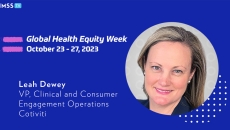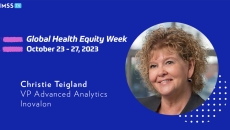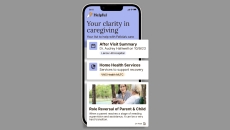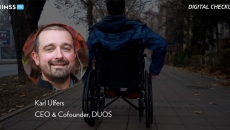Clinical
By integrating a patient portal screening tool into the clinical workflow, Tufts University researchers aim to advance the use of HIT to identify food-insecure and nutrition-insecure patients and pave the way to interventions like nutrition prescriptions.
Health plans can begin by collecting data on race and ethnicity from their members, says Leah Dewey, VP of clinical and consumer engagement operations at Cotiviti.
Socially at-risk patients need equity in their care. The HEI is to incentivize contracts for plans to perform better for these patients, says Christie Teigland, vice president of research science and advanced analytics at Inovalon.
Researchers will use $40 million in funding to develop quantum algorithms and workflows. They will also partner with Algorithmiq on a second initiative to create computational tools that demonstrate quantum advantage.
Users of Helpful can now access a loved one's benefit information about their New York-based health plan and select medical records through its app.
A study in the Annals of Internal Medicine shows that "ongoing telemedicine use is fairly effective in having limited return office visits, low emergency visit rates, and very low hospitalization rates compared to office visits."
DUOS uses large language models to leverage social determinants of health and enhance care-navigation access for Medicare beneficiaries. Feedback from platform users improves the artificial intelligence, said Karl Ulfers, cofounder and CEO.
While lack of efficiency in using electronic health records is most correlated with clinician burnout, healthcare organizations want vendors to help them improve EHR experiences, according to the KLAS Arch Collaborative.
Without prevention healthcare systems will be swamped. The Nordics' plans seek a balance, says Bogi Eliasen of the Copenhagen Institute for Future Studies.
Also, Queensland University is replacing legacy IT systems across its network of clinics.









